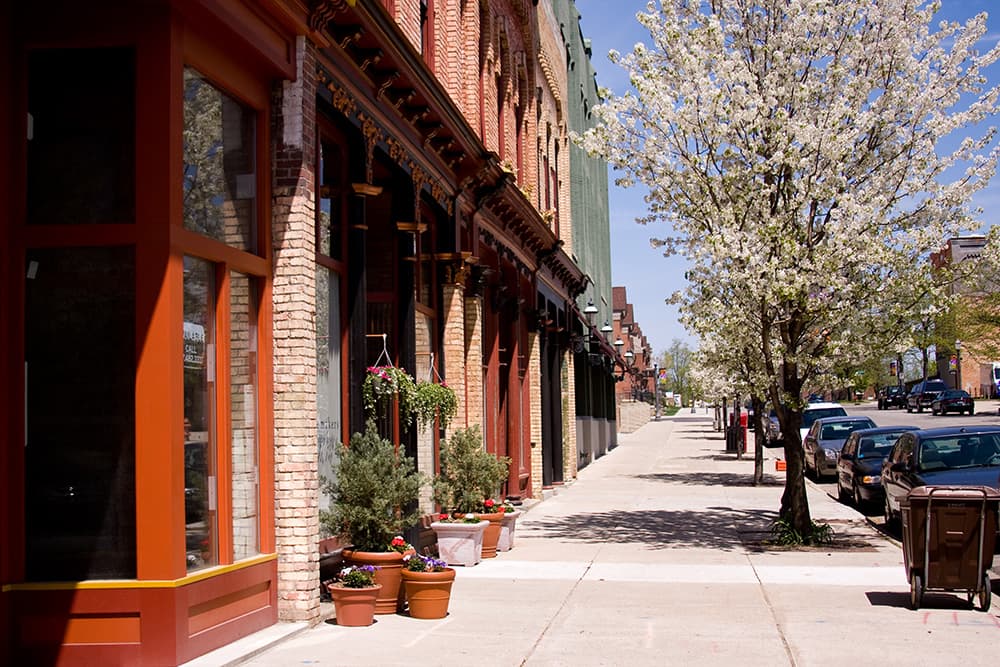

Get Connected
Subscribe to our e-newsetter and get the latest information delivered straight to your inbox.
Opening Statements
Luetkemeyer: The Power, Peril, and Promise of the Creative Economy
Washington,
January 19, 2022
WASHINGTON, D.C. – Today, the House Small Business Committee is holding a full committee remote hearing on the "Power, Peril, and Promise of the Creative Economy." Ranking Member Blaine Luetkemeyer's opening statement as prepared for delivery: Thank you, Madam Chairwoman. As COVID-19 continues to disrupt daily lives, we’ve seen Americans double down on their cultural and creative consumption to regain a sense of normalcy. In addition to the creative arts ability to provide individuals with comfort, joy, and even hope during challenging times, the arts can also ignite economic growth and recovery after hardship strikes. Creative organizations and enterprises are revenue and job generators, not only within their immediate sphere but also act as a catalyst, stimulating economic activity in adjacent sectors such as tourism, hospitality, transportation, restaurants, and many others. Culture and the arts are not confined only to metropolitan areas. In fact, rural and heartland communities also have their own significant reservoirs of homegrown creative assets that can be mobilized for social, cultural, and economic good. Nationwide, the creative economy generated an impressive 4.3 percent of our nation’s gross domestic product, or $919.7 billion in 2019. The creative arts employed nearly 5.2 million workers prior to the pandemic, accounting for nearly 3.3% of the United States workforce. Unfortunately, this industry has not been immune to the COVID-19 crisis. During the worst of the pandemic, nearly all entertainment events were cancelled, triggering significant financial losses across the board, for the businesses themselves, local governments, and adjacent business reliant on their success. At the same time, employment in this sector plunged and, while there has been some increase, workers in the creative arts sphere remain among some of the most heavily affected with 11% lower employment rates than compared to pre-pandemic levels. 2021 ushered in a tentative rebound in the creative sector over the past year. However, there are several major stressors threatening to reverse this fragile recovery. The Omicron variant of the coronavirus threatens to usher in a new wave of closures and restrictions devastating to arts industries reliant on human interaction. The meteoric rise in inflation is manifesting in higher supply costs, threatening businesses whose financial capital is already severely strained from weathering a two-year pandemic, wage hikes, and rents locking in at higher prices. Unlike large businesses who may have deeper financial reserves, small businesses are often financed by owners' personal savings, placing them in grave personal financial risk during periods of high inflation. Increased inflation means less buying power, which in turn translates to a decreased ability to hire and retain qualified employees. Unfortunately, with last week’s consumer price index reading of 7 percent and the wholesale inflation rising to 9.7 percent year over year, a challenging economic environment for small businesses will continue. Unlike other industries who may be able take advantage of automation and technology to replace people, the creative arts rely deeply on human skill and ingenuity in the same way our government relies on us, elected individuals representing each corner of this great nation, to do the work of the public. And as a sitting member of Congress and Ranking Member of this Committee, it is my distinct honor and privilege to welcome our witnesses today. I’d like to thank you all for your participation and look forward to our conversation. I yield back. ### |